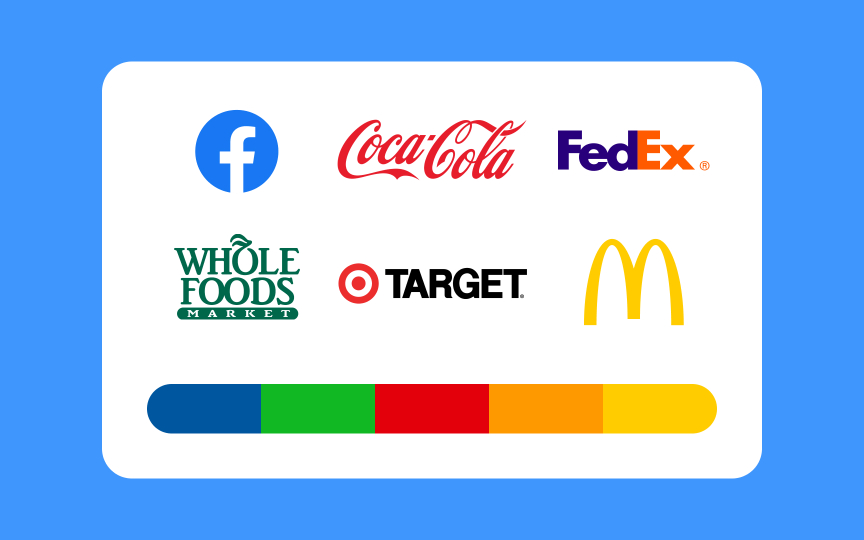Using Color in Branding
Learn the role and influence of color in branding
Color is one of the most powerful tools for shaping users' initial impressions of your product. In fact, depending on the product, people make up to 90% of their snap decisions based on color alone.[1]
As a designer, you may not always have the freedom to create a brand's color palette from scratch, especially if there are existing brand colors. However, understanding how to use additional colors effectively is crucial. The right color palette can transform a brand color that feels either too dull or overly flashy into something that aligns with the brand's values and conveys the desired message.
By understanding these color associations, you can create experiences that match the
Each
Also, keep in mind that colors can evoke different emotions across cultures, and it's important to consider these differences. In Western cultures, white is often associated with purity, peace, and minimalism. However, in many Eastern countries, white is associated with death and mourning. When choosing colors for a global audience, research the cultural associations thoroughly.
Pro Tip: Be cautious of inaccurate online references about color meanings. When possible, consult locals to verify the cultural significance of colors.
Choosing a
To achieve this effect, use your chosen color palette throughout your brand and marketing materials. It should be incorporated into your website designs, social media graphics, logo, business cards, ads, and any other materials associated with your brand. Through consistent use and repetition, consumers will come to recognize your color palette and the values and personality it represents for your brand.
To define your
Consider how the chosen colors work together as a palette. Incorporate various tones, tints, and shades to create depth and versatility within the
Some
If you want your brand to stand out from competitors, choosing a unique
Ultimately, the choice of colors should reflect the brand's identity and objectives while considering industry norms and consumer expectations. Balancing uniqueness with familiarity can help create a color palette that resonates with your target audience.
By choosing
To find authentic colors that align with your brand’s mission:
- Start by understanding what your brand stands for. What emotions or qualities do you want to convey?
- Look at other brands in your industry to identify commonly used colors, but make sure your choices reflect your unique message and not just trends.
- Think about how your colors align with your company culture and the broader cultural context. Do they resonate with the values you stand for and the audience you want to reach?
Different people have different reactions to
Considering your users’ personalities ensures that your
Sometimes, sticking to traditional expectations and associations with colors can be the right and safe choice, especially if it aligns with the broader perceptions of your target audience.
Choosing the right colors can help your
However, it’s also important to incorporate colors that are familiar within your industry to signal trust and reliability. For instance, if you're in the tech industry, you might use the standard blue to convey trust and innovation but pair it with a vibrant accent
References
Top contributors
Topics
From Course
Share
Similar lessons

Intro to Color Theory

Color Properties































